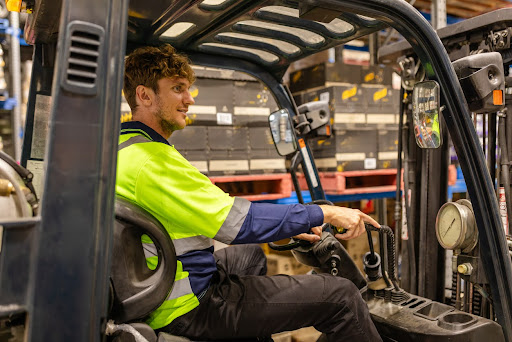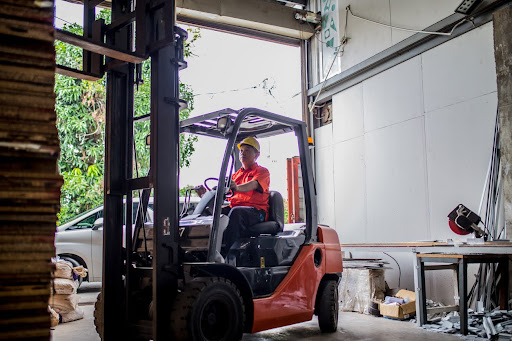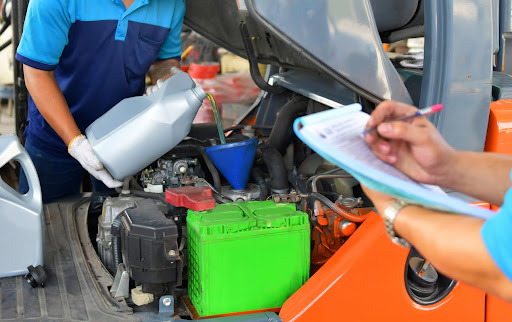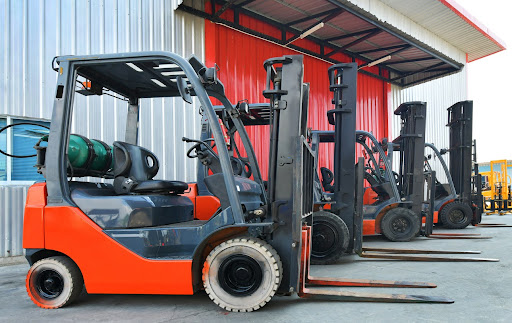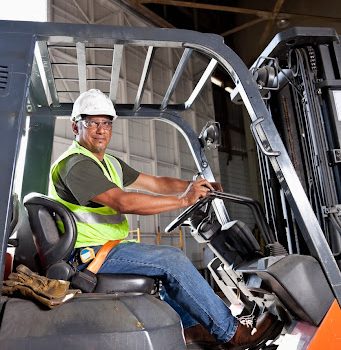Benefits of Choosing Electric Forklifts Today
In the world of material handling, electric forklifts are gaining traction. They are becoming the preferred choice for many businesses.
Why is this so?
Electric forklifts offer numerous benefits over their internal combustion counterparts. They are cleaner, quieter, and more cost-effective in the long run.
But that’s not all.
These machines are also more eco-friendly, aligning with the growing trend of green business practices. They contribute to a healthier work environment by reducing emissions and noise pollution.
In this article, we’ll delve into the many advantages of choosing electric. We’ll also guide you on how to find the best electric forklift for sale from a reputable forklift dealer.
Whether you’re a warehouse manager, a logistics professional, or a business owner, this guide is for you. Let’s explore why electric machinery is the future of material handling.
Why Electric Forklifts Are the Future of Material Handling
Electric forklifts represent a significant shift in material handling. The industry is moving toward more sustainable solutions. Electric options are a major part of this evolution.
Why are they becoming so popular?
They offer numerous benefits that are hard to ignore. Unlike internal combustion (IC) models, electric forklifts produce zero emissions. This makes them an excellent choice for indoor operations where air quality is crucial.
Businesses also appreciate their operational cost efficiency. Although the initial investment might be higher, electric options tend to have lower operating costs over time. Maintenance is typically less intensive, thanks to fewer moving parts.
In addition, they provide a quieter and safer work environment, reducing noise pollution significantly. This attribute is crucial in maintaining worker focus and minimising accidents.
Here are some reasons why electric forklifts are the future:
- Environmental Benefits: Zero emissions and reduced carbon footprints.
- Cost Efficiency: Lower ongoing expenses with reduced fuel and maintenance costs.
- Operational Advantages: Quieter performance and smoother operation.
- Flexibility: Suitable for various capacities and attachments.
- Sustainability: Aligns with global trends toward greener operations.
These advantages position electric forklifts as the preferred choice for forward-thinking businesses. They not only enhance efficiency but also contribute to sustainability goals, making them a wise investment for the future.
The Environmental and Health Advantages
Electric forklifts offer impressive environmental benefits. They operate with zero emissions, unlike their internal combustion counterparts. This feature is crucial for companies focusing on reducing their carbon footprint.
Zero emissions mean cleaner air in the workplace. Improved air quality directly impacts employee health. Workers breathe easier, reducing the risk of respiratory issues.
Noise pollution is another consideration. Electric machinery runs much quieter, which is vital for maintaining a peaceful workplace. Reduced noise levels contribute to greater worker satisfaction and focus.
Beyond the workplace, electric forklifts align with broader sustainability goals. Companies can meet stringent environmental regulations more easily. This alignment also enhances the company’s image, appealing to eco-conscious customers and stakeholders.
Together, these environmental and health advantages make electric forklifts a smart choice. They support a healthier work environment and a sustainable planet. Investing in electric machinery is a step toward a greener, healthier future.
Cost Savings: The Economic Benefits of Going Electric
Switching to electric can lead to significant cost savings over time. Although they may have a higher initial cost, the long-term economic benefits are substantial.
Electric forklifts have lower operating costs compared to internal combustion options. They consume less energy and have fewer moving parts, which means less wear and tear. This translates into lower maintenance and repair expenses.
Another cost-saving aspect is the reduction in fuel expenses. Electric forklifts are powered by electricity, which is generally cheaper than fossil fuels. Taking advantage of off-peak electricity rates can further enhance these savings.
Tax incentives and rebates are often available for electric purchases, reducing the overall upfront investment. These financial aids encourage businesses to transition towards greener technologies, making electric forklifts an attractive option economically. By investing in electric machinery, companies can optimise their budgets while supporting sustainability.
Enhanced Performance and Efficiency in Operations
Electric forklifts are known for their exceptional performance in various operational settings. Their design allows for smoother acceleration and deceleration, which can improve handling and control.
Many electric models come equipped with smart systems that enhance operational efficiency. These systems provide real-time data and diagnostics, allowing for quick troubleshooting and maximising uptime.
The responsiveness of electric machinery contributes to faster and more precise material handling. This level of precision is especially beneficial for delicate or sensitive loads where careful maneuvering is essential.
Moreover, electric forklifts are equipped with regenerative braking systems that conserve energy during operation. This feature not only enhances performance but also contributes to energy efficiency, further extending operational capabilities. In fast-paced environments, these efficiency gains are critical, enabling businesses to meet their productivity goals without compromising quality.
Maintenance and Longevity: The Durability
Electric forklifts are known for their robust durability and long lifespan. With fewer moving parts compared to internal combustion models, they require less frequent maintenance. This reduces the risk of breakdowns, ensuring consistent performance.
The simplicity of their design means that electric forklifts often experience fewer mechanical issues over time. They rely on electric motors instead of complex engines, which reduces the wear and tear associated with traditional forklifts.
Moreover, with proper care and regular battery maintenance, electric machinery can last many years. Their longevity makes them a wise investment, providing long-term reliability and cost savings for your material handling needs.
Safety and Operational Benefits
Electric forklifts significantly enhance workplace safety with zero emissions. This improvement creates a cleaner and healthier working environment. By eliminating harmful fumes, they contribute to better indoor air quality.
Their quiet operation reduces noise pollution, which is another important safety feature. This calm atmosphere helps workers communicate more effectively, reducing the risk of accidents. Enhanced operator awareness also contributes to safer handling.
Additionally, electric forklifts’ precise control and smooth operation make them easier to maneuver. This precision reduces the chances of errors during loading and unloading. Overall, these features support a safer and more efficient workspace.
Finding the Right Electric Forklift for Sale: Tips from Forklift Dealers
Choosing the right forklift can greatly impact your operations. Forklift dealers recommend assessing your specific needs first. Consider factors like load capacity, usage frequency, and operational environment before making a decision.
It’s also important to evaluate the charging requirements and battery options. Different models offer various charging solutions tailored to your operating hours. Discuss these needs with your forklift dealer to find a suitable match.
Finally, keep an eye out for additional features and attachments. Dealers often provide insights into models that align with your budget and requirements. Their guidance can help you make a well-informed investment.
Conclusion: Making the Switch to Electric
Switching to electric represents a powerful move towards modernising your operations. These machines offer substantial advantages over traditional options. As environmental regulations tighten, electric forklifts can support compliance and sustainability goals.
The economic benefits can’t be ignored either. Over time, electric forklifts can reduce costs due to lower maintenance and fuel expenses. Investing today in electric technology is a step towards long-term savings.
By aligning with green initiatives, businesses can enhance their brand image. Embracing electric forklifts not only benefits your bottom line but also contributes positively to the environment and community.


